
The Art and Science of Pricing Web Design Services in Canada
In the dynamic landscape of digital marketing and corporate branding, web design services have become indispensable. Whether you are a seasoned freelancer or a mid-sized agency, determining how much to charge clients is both an art and a science. Pricing strategies for web design must balance client expectations, market standards, and your professional expertise.
This article, aimed at senior executives and marketing professionals attending a corporate marketing retreat, offers an in-depth exploration of setting appropriate fees for web design services in Canada. Using data-driven insights, practical examples, and a keen understanding of the Canadian market, we will explore everything from basic pricing frameworks to nuanced negotiation tactics—helping you position your web design offerings competitively and profitably.
Understanding the Market: Why Pricing Web Design Services Matters
Pricing is a critical factor that influences client acquisition, brand positioning, and long-term business growth. In Canada, the web design market is highly competitive, with rates varying significantly depending on location, project complexity, and client expectations. A web design professional in Toronto may command different fees than one in smaller cities like Winnipeg or Halifax, reflecting regional economic differences.
Proper pricing ensures that your efforts are valued fairly and that you sustain your business while delivering quality to clients. Underpricing may lead to burnout and undervaluing your skills, whereas overpricing might alienate potential clients. Therefore, understanding market benchmarks helps you make informed decisions.
Key Factors Influencing Web Design Service Pricing
- Project Scope: Complexity and scale of the website—simple brochure sites vs. e-commerce platforms
- Client Industry: Corporate clients may have larger budgets compared to startups or nonprofits
- Experience & Portfolio: Established designers with a robust portfolio can charge premium rates
- Geographic Location: Cost of living and market standards vary across Canada’s provinces
- Additional Services: SEO, content creation, and ongoing maintenance
- Deadline Sensitivity: Rush projects typically incur higher fees
Common Pricing Models for Web Design Services
Pricing models vary across the industry, each with its pros and cons. Choosing the right pricing structure impacts client satisfaction and your profitability.
1. Hourly Rate
This is one of the most straightforward models where you charge clients based on the time spent designing the website. Hourly rates are popular among freelancers and small agencies, as they offer flexibility. According to the latest Canadian market data, hourly rates for web design range from CAD 50 to CAD 150, largely depending on expertise and market location.
Advantages: Transparent, easy to track with time logs; allows clients to pay for actual work done.
Disadvantages: Can lead to billing disputes; clients may hesitate due to uncertain total cost.
2. Fixed Price
Fixed pricing provides clients with a predetermined cost for the entire project, regardless of how many hours you invest. This can be attractive for clients who want budget certainty.
Advantages: Simplifies budgeting; ideal for projects with clearly defined scope.
Disadvantages: Risky if the project scope expands; requires precise initial scoping and contract terms.
3. Value-Based Pricing
This model prices services based on the perceived value to the client rather than the effort expended. For instance, a website designed to generate significant revenues may justify premium pricing.
Advantages: Potential for higher profits; aligns your incentives with client success.
Disadvantages: Difficult to quantify value; necessitates deep client understanding and negotiation skills.
4. Retainer Model
Here, clients pay a fixed monthly or quarterly fee for ongoing web design and maintenance services. This model is beneficial for maintaining long-term relationships and predictable income.
Advantages: Stable cash flow; encourages continuous improvement and updates.
Disadvantages: Requires commitment from both parties; may limit availability for one-time projects.
Benchmarking Canadian Web Design Rates: A Data-Driven Overview
Utilizing regional surveys, freelance platforms, and agency reports, here’s a snapshot of typical price ranges across various service components in Canada (all figures in CAD):
| Service Component | Low Range | Median Range | High Range |
|---|---|---|---|
| Basic Website Design (5-7 pages) | 1,500 | 3,500 | 7,000+ |
| E-commerce Website | 5,000 | 12,000 | 30,000+ |
| Custom WordPress Development | 2,000 | 6,000 | 15,000+ |
| Hourly Consulting | 50/hr | 90/hr | 150/hr |
| SEO & Content Integration | 500 | 2,000 | 5,000+ |
Note: These price ranges reflect Canadian market trends as of 2024, factoring in urban centers like Toronto and Vancouver where costs are typically higher.
Case Study: Setting the Right Price in a Mid-Sized Canadian Firm
To illustrate, let me walk you through a real-life example from my experience consulting a mid-sized digital agency in Vancouver.
Challenge: The agency struggled with pricing consistency, often undervaluing their projects due to lack of standardization. This resulted in low profitability and client dissatisfaction due to scope creep.
Approach: By applying a mixed pricing strategy, we categorized clients based on project complexity and industry sector. For straightforward business websites, fixed pricing was used, while complex e-commerce websites were priced on a value-based model.
We also created a detailed pricing guide featuring incremental costs for add-ons like SEO or content writing.
Outcome: Within six months, the agency saw a 20% increase in average project value and a 35% improvement in profit margins. Their clients benefited from clear pricing transparency and delivered scope.
Unique Insights: Negotiating and Communicating Your Price
Pricing is not only about the numbers but also about perception and communication. Here are some strategic tips that have proven effective:
- Educate Your Clients: Break down pricing components clearly to justify your fees.
- Highlight ROI: Demonstrate how your design services contribute to the client’s bottom line.
- Use Tiered Packages: Offer entry-level, mid-tier, and premium offerings to cater to diverse client budgets.
- Be Flexible but Firm: Negotiate deliverables rather than price whenever possible to maintain profitability.
- Include Contingency Clauses: Protect yourself from scope creep by defining what constitutes extra charges.
How to Factor in Canadian Taxes and Legalities in Pricing
Remember that all pricing should be considered before taxes. In Canada, GST (Goods and Services Tax) applies universally, and some provinces add PST (Provincial Sales Tax) or HST (Harmonized Sales Tax). For example, Ontario uses HST at 13%, while Alberta only applies 5% GST.
Make sure your invoices clearly specify taxes and that clients understand these are added to your quoted price, not included unless explicitly stated.
Additional Pricing Considerations: Building Long-Term Client Relationships
Pricing strategies should also reflect your intent to build sustainable client relationships. Consider offering discounts for:
- Repeat business
- Long-term contracts
- Referral clients
Additionally, always include maintenance and update packages as optional add-ons to encourage ongoing engagement.
Summary Table of Pricing Strategy Recommendations for Canadian Web Designers
| Pricing Model | Suitable for | Pros | Cons | Typical Price Range (CAD) |
|---|---|---|---|---|
| Hourly Rate | Small projects, consulting | Flexible, transparent | Uncertain total cost | 50 - 150/hr |
| Fixed Price | Defined scope websites | Budget certainty | Risk of scope creep | 1,500 - 30,000+ |
| Value-Based Pricing | High ROI projects | Potential for higher profit | Hard to quantify value | Varies widely |
| Retainer Model | Ongoing maintenance | Steady income | Long-term commitment | 500 - 5,000+/month |
Practical Steps to Determine Your Pricing as a Canadian Web Design Professional
- Conduct Market Research: Gather local and national data on typical pricing in your niche.
- Assess Your Costs: Factor in software, licenses, labor, taxes, and overhead.
- Analyze Your Value Proposition: What unique benefits do you offer? How does your work impact clients’ business outcomes?
- Choose a Pricing Model: Match client needs and project requirements to the most suitable pricing framework.
- Test and Iterate: Use A/B testing with pricing proposals for different clients to find the optimal balance.
Embracing Data-Driven Pricing Strategies in Canadian Web Design
Determining how much to ask for your web design services is a multifaceted challenge that requires a blend of market awareness, analytical rigor, and interpersonal skills. For senior executives and marketing leaders looking to optimize their digital offerings in Canada, adopting a structured, transparent, and client-centered pricing approach will enhance competitiveness and profitability.
By leveraging market data, understanding regional tax considerations, and refining your negotiation strategies, you can confidently set fees that reflect the value you bring to the digital marketplace. Ultimately, smart pricing is not just about dollars but about positioning your brand as a trusted, high-value partner in your clients’ growth journeys.
Deep Dive into Project Scope and Complexity
The complexity of a web design project directly influences pricing. Understanding the layers of project scope helps in crafting accurate quotes and delivering quality work without underestimating effort.
Simple Websites
Typically, these include informational or brochure-style websites, often with 5-10 pages, minimal interactivity, and no e-commerce functionality. In Canada, such projects usually range between CAD 1,500 and CAD 5,000.
Mid-Level Websites
This category might include corporate sites with custom features such as booking systems, blogs, and moderate interactivity. Pricing here generally falls between CAD 5,000 and CAD 15,000.
Complex or E-commerce Websites
Websites that offer online sales, integrated payment systems, user accounts, and advanced backend management fall into this grouping. Given the technical expertise and extended timelines, pricing ranges widely from CAD 10,000 to CAD 40,000 or more.
Accurately defining project scope early on and documenting deliverables can prevent confusion and scope creep, which negatively impacts profitability and client satisfaction.
Pricing Influences Specific to the Canadian Market
Canada’s vast geography and economic diversity introduce unique considerations to web design pricing.
- Provincial Economic Variation: Pricing norms differ between provinces with larger metropolitan areas like Toronto, Vancouver, and Montreal commanding premium fees due to higher operational costs.
- Currency Strength and Inflation: Fluctuations in the Canadian dollar affect costs of software tools and international subcontractors.
- Cultural and Language Requirements: Bilingual sites (English and French) require additional design, content, and maintenance considerations, affecting pricing in regions such as Quebec.
Incorporating SEO and Digital Marketing into Your Pricing
Modern web design projects almost always require integration with SEO and digital marketing strategies. Many clients expect a comprehensive solution beyond just page aesthetics.
Including services like keyword research, meta tag optimization, responsive design for mobile devices, and page speed optimization add substantial value. Canadian agencies often bundle these into premium packages ranging from CAD 2,000 to CAD 8,000 extra depending on project size and competitiveness of industry keywords.
Offering these services separately vs. bundled should be evaluated carefully depending on client sophistication and budget flexibility.
Tools and Technologies That Justify Pricing Levels
Using latest web technologies and tools also influences your pricing. For example:
- CMS Platforms: WordPress is ubiquitous and generally less expensive; custom CMS solutions require specialized knowledge, increasing fees.
- Design Software & Licenses: Utilizing advanced design tools such as Adobe XD or Sketch, prototyping tools, and collaborative platforms often factor into cost recovery.
- Hosting and Maintenance: Managed hosting or CDN services might be included or offered as optional paid services.
Mitigating Scope Creep with Clear Contracts and Pricing Structures
Scope creep is one of the biggest risks in web design projects, leading to missed deadlines and budget overruns.
To counter this, including a detailed Statement of Work (SOW) outlining the exact deliverables, milestones, and change request procedures is essential. Pricing contracts should explicitly define:
- What’s included in base pricing
- Pricing for additional features or major revisions
- Turnaround times for requests and approvals
- Payment terms and penalty clauses for delays
This clarity protects both parties and instills confidence while maintaining a professional relationship.
Advanced Negotiation Techniques for Senior Executives
When negotiating prices with clients, especially large corporates, adopting advanced techniques can elevate outcomes:
- Anchor with Premium Packages: Presenting a high-tier premium package first often makes mid-tier packages more appealing and easier to sell.
- Demonstrate ROI with Case Studies: Use previous projects with quantifiable results to justify pricing.
- Offer Flexible Payment Terms: Milestone-based payments or staged deposits reduce client barriers.
- Negotiate Scope Adjustments Instead of Price Reductions: When clients push back on price, offer to scale the project scope accordingly instead of lowering rates.
Leveraging Data Analytics to Refine Pricing Strategies
As a data-driven marketing consultant, I emphasize the importance of leveraging analytics on pricing effectiveness. Track key performance indicators (KPIs) such as:
- Conversion rates of proposals sent at various price points
- Average project completion time against budget
- Client retention and repeat business linked to pricing
Using statistical analysis and A/B testing on pricing models enables businesses to optimize fees for maximum profitability and market competitiveness.
Table: Sample Pricing Tiers Aligned With Client Type and Service Level – Canada (2024)
| Client Type | Basic Package (CAD) | Standard Package (CAD) | Premium Package (CAD) | Additional Services |
|---|---|---|---|---|
| Startup/Small Business | 1,500 – 3,000 | 3,500 – 7,000 | 7,000 – 12,000 | SEO, Content Creation - 1,000+ |
| Mid-Sized Company | 3,000 – 6,000 | 7,000 – 15,000 | 15,000 – 25,000+ | Multi-language, Ecommerce - 5,000+ |
| Large Enterprise | 6,000 – 12,000 | 15,000 – 30,000 | 30,000 – 60,000+ | Custom Integrations, Analytics - 10,000+ |
Case Example: Bilingual Web Design in Quebec
A Quebec-based non-profit organization required a bilingual website to serve its diverse audience effectively. The project included custom translations, UX adaptations for culturally responsive design, and compliance with provincial accessibility standards.
The agency bid CAD 18,000, factoring translation services and additional QA cycles to ensure quality. This pricing reflected the regional realities of bilingual content demand and demonstrated the importance of localized pricing strategies.
Pricing for Recurring Services: Maintenance and Beyond
Many web design clients need ongoing service beyond launch. Maintenance packages can include:
- Software updates and security patches
- Bug fixes and minor enhancements
- Content updates
- Performance monitoring
Monthly retainers for maintenance services typically range from CAD 500 to CAD 5,000 depending on website complexity and client demands. Structuring these as optional add-ons ensures flexibility and steady revenue streams.
Developing Your Brand and Reputation to Command Higher Fees
Brand reputation in the Canadian market plays a vital role in pricing. Senior executives can influence brand perception by:
- Showcasing success stories and testimonials specific to Canadian industries
- Investing in certifications and awards recognized within Canada
- Participating in local business communities and digital marketing forums
- Providing guarantees or service-level agreements (SLAs) to inspire trust
A strong brand allows you to differentiate your pricing from competitors who compete solely on cost.
Final Tips: Continuous Learning and Pricing Evolution
The digital marketing ecosystem evolves constantly, and pricing should reflect ongoing market conditions and your growing expertise. Adopt routines for:
- Reviewing pricing annually against inflation and market trends
- Seeking client feedback on value received relative to price
- Investing in professional development to expand service offerings and justify premium rates
With a strategic, data-driven, and client-focused approach, you can confidently establish web design pricing that sustains and grows your business in Canada's competitive landscape.
We are the best marketing agency in Canada.
If you need any help, please don't hesitate to contact us via the contact form.






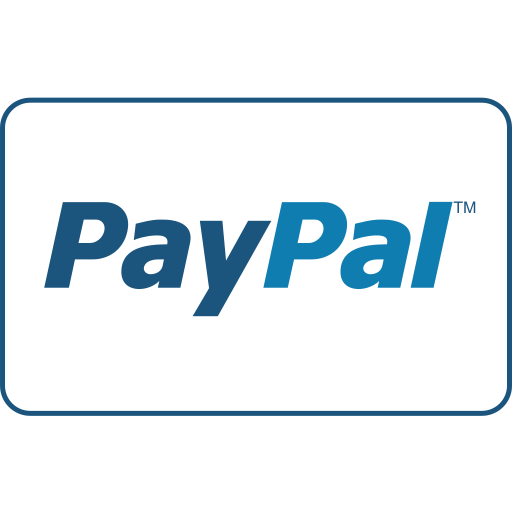

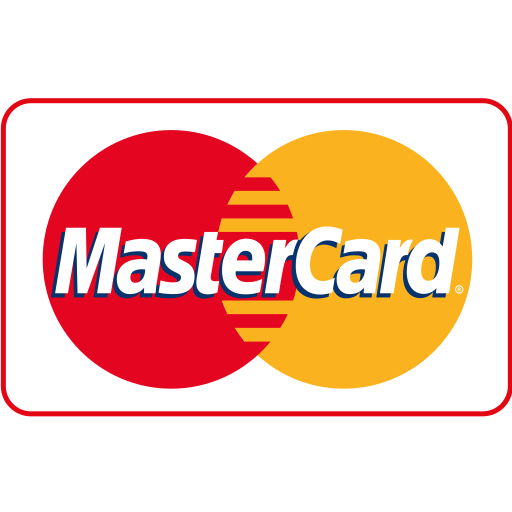
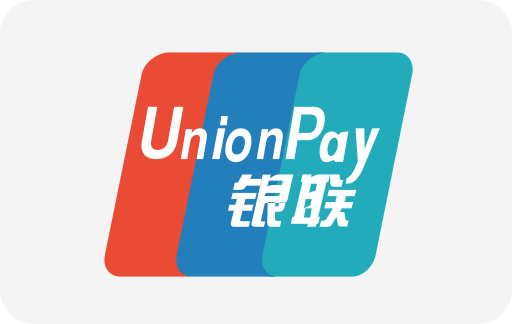
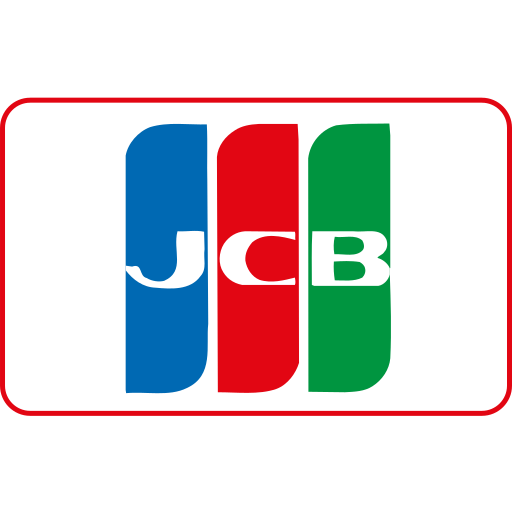

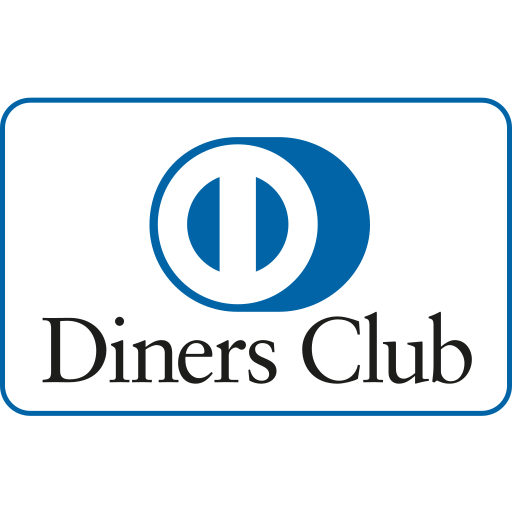


Maple Ranking offers the highest quality website traffic services in Canada. We provide a variety of traffic services for our clients, including website traffic, desktop traffic, mobile traffic, Google traffic, search traffic, eCommerce traffic, YouTube traffic, and TikTok traffic. Our website boasts a 100% customer satisfaction rate, so you can confidently purchase large amounts of SEO traffic online. For just 720 PHP per month, you can immediately increase website traffic, improve SEO performance, and boost sales!
Having trouble choosing a traffic package? Contact us, and our staff will assist you.
Free consultation